China appears to have been fermenting foodstuffs thousands of years ago (as some well-documented prehistoric archeological/paleontological finds would seem to indicate). And for sure, florid vineyard scenes were already being written about already during the Han dynasty and the others that followed it. It is also well-known that Marco Polo himself described vineyards in the Xinjiang province in the thirteenth century. However, China’s modern wine industry really started only in 1892, when the Changyu Wine Company of the Shandong province imported cuttings of over 120 different grape varieties to China. Thanks to that auspicious beginning, China began making wine from many different Vitis Vinifera varieties, and not just from its local native species of vines such as Vitis Amurensis and Vitis Davidii, or from laboratory crossings created in the middle part of the twentieth century.
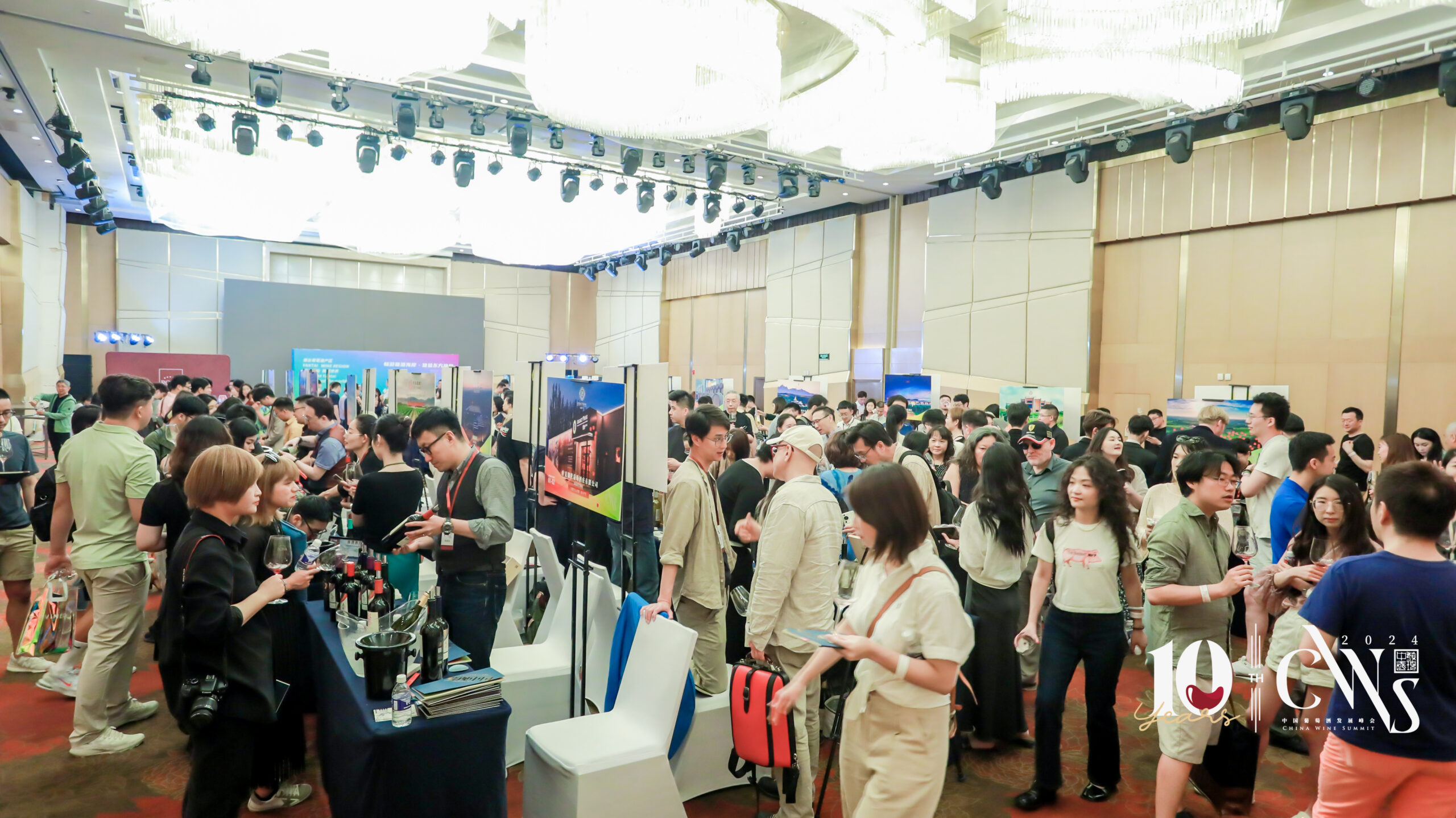
But truly modern Chinese wine production, in terms of award-winning wines that are exported all over the world in commercially significant numbers, is a relatively young event. It really all began with the establishment of the Domaine Franco-Chinois in 2000, a collaborative vineyard and winery created by the French and Chinese governments as a sign of the lasting friendship and cooperation between the two superpowers. Since then, much wine has flowed under the bridge, and it is now apparent to anybody with an international wine perspective and knowledge base that there are Chinese wines that are as good as many more famous wines being made currently all over the world. Clearly, not every Chinese wine is a success: there are good and less good wines being made in China just like there are in any other country. However, it is undeniable that the country has made amazing progress in just a very short time span, with a bevy of truly noteworthy wines made with the likes of Petit Manseng and Marselan, for example.
The process
This past May, I was once again the Panel Chairman of the China Wine Summit’s Chinese wine competition with eight other judges picked amongst Shanghai’s better known sommeliers, importers, restaurant owners, bloggers/writers and the TerroirSense Wine Review staff. This year the CWS and its competition celebrated its tenth anniversary (unfortunately, because of Covid and the more or less two and a half to three years hiatus it comported, this was only the seventh edition). The best wines in the competition were hands down the Marselan wines, but many other grape varieties were well-represented in the medal–winners category. These include: Vidal sweet wines (icewines),Cabernet Gernischt, Petit Manseng, Malbec and even China’s Beichun, Beihong and Beimei hybrids. Other varieties that are grown mostly at individual wineries that continue to perform well and show that such grapes have a future in the country (perhaps more wineries should be looking into them) include Tempranillo, Rikatseteli, Saperavi, Italian Riesling (Welshriesling) and Riesling, all of which left lasting, good, impressions, on the judging panel and those wine lovers and wine professionals who later attended the CWS wine salon.
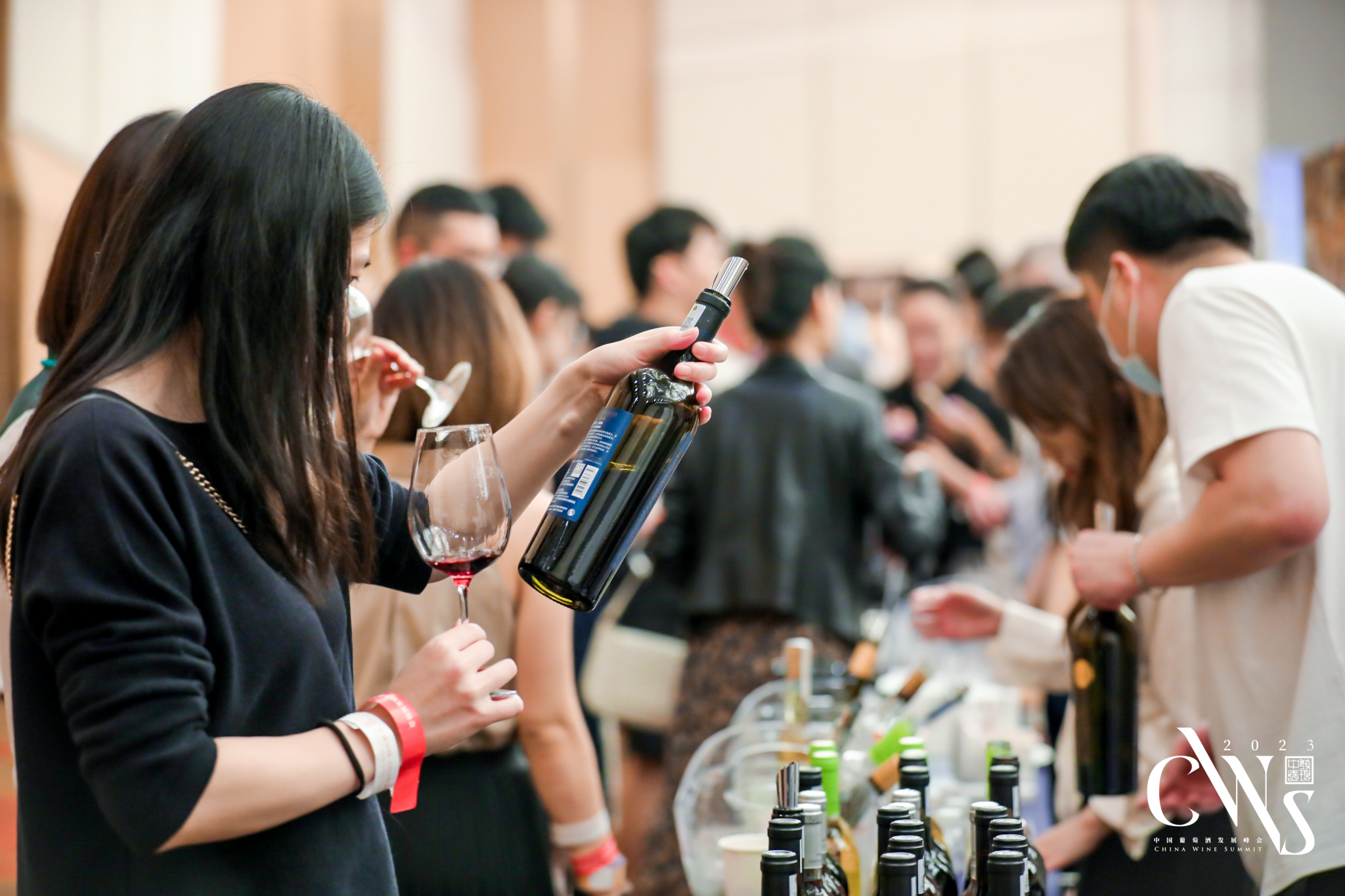
Results of, and takeaways from, the competition
The progress of Chinese wines was once again brought to the fore at this year’s blind tasting wine competition of the annual China Wine Summit (CWS). Over 100 wines were pre-selected for entry (the China Wine Summit does not allow just any wine to be entered into its competition, but entries are selected on the basis of previous participation results and winery track record for excellence) and the improvements in the wines were clear-cut. One truly impressive set of results came from the Pinot Noir wines: never before have I had six-eight or so Chinese Pinot Noir wines in the completion that were so surprisingly good. I am not offending anyone if I write that this was always the worst category in all the previous wine competitions of the CWS: Pinot Noir is a notoriously difficult grape to get right in the vineyard and even more so in the cellar; but this year, for the first time ever, I actually found a bunch of wines that weren’t just palatable, but that also reminded you of Pinot Noir (and not of oak or stewed fruit, for example). The Cabernet and Cabernet wine blends, all too often near undrinkable in the recent past because of excessive use of oak or of poorly measured acidification attempts, were a great deal smoother and lighter on their feet this year. The Chardonnay wines were also less oaky and much brighter overall: here, my only caveat is that many actually smelled and tasted like they weren’t “all” Chardonnay: some smelled of Viognier and other grapes. Much as elsewhere, there are percentages of other grapes allowed in a wine that bears variety’s name on the label, but in some cases this year the addition was overpowering: not that you can blame the Chinese, who are probably starting to realize that making Chardonnay wines that taste like everybody else’s (given the grape is grown and the wine is made everywhere) is probably not a recipe for success and decent economic returns. Still, there are some wineries making Chardonnay wines that can really give both New and Old World examples quite a run for their money. However, it is not by accident, and was no surprise, that the big winner in this year’s competition was once again the Marselan variety. It is clear that the grape has adapted very well to Chinese terroirs, and even better, that it clearly expresses terroir differences in its wines (for example, mistaking a Marselan wine from Ningxia with one from Shandong, unless you really have little or no experience with these wines, otherwise, is almost impossible to do).
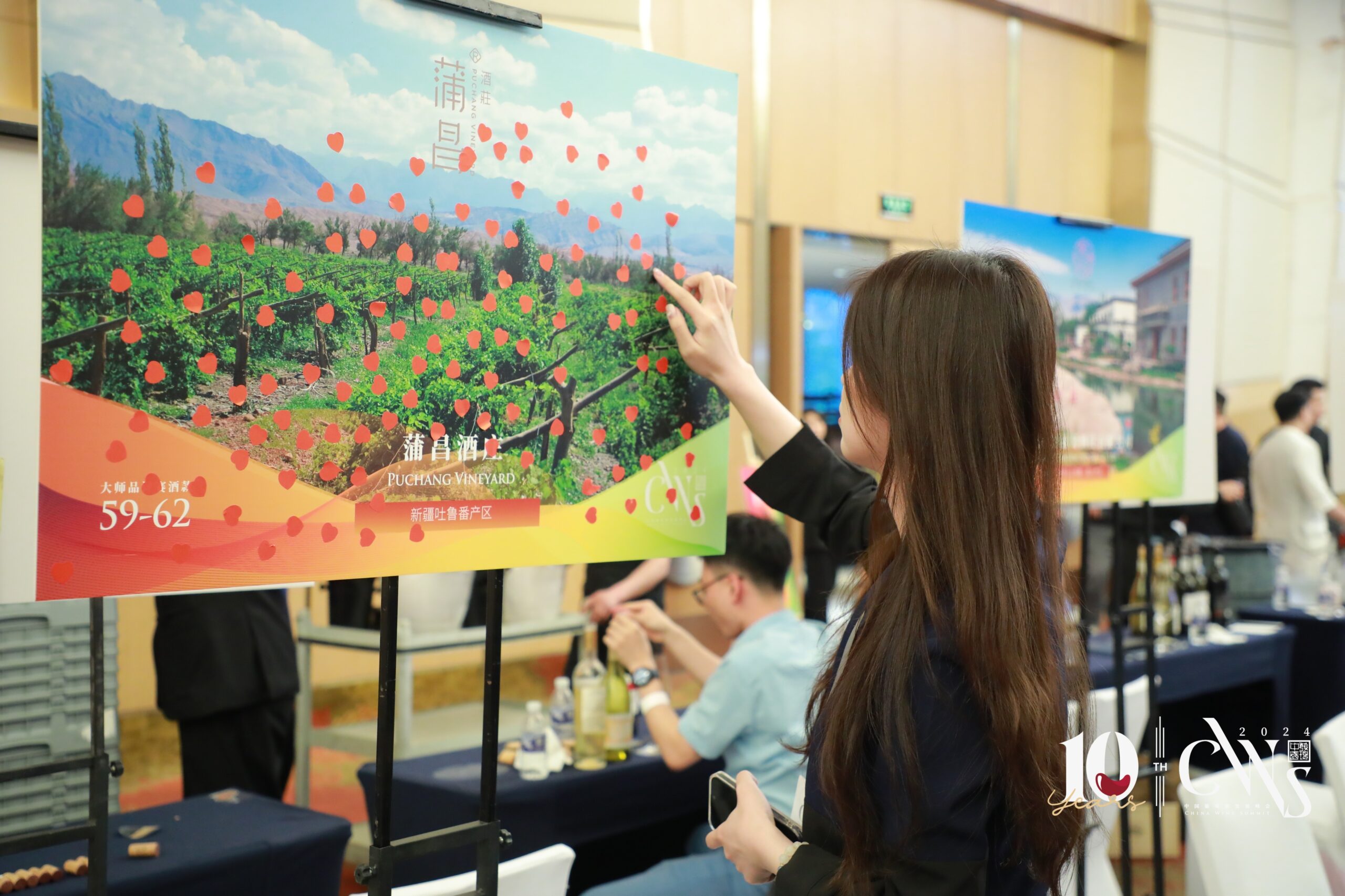
All in all, there were twenty wines that scored between 93-95 (double gold medal winners); thirty-one wines scoring ether 91 or 92 (gold medal winners); and seventeen wines scoring 90 points (silver medal winners). The largest proportion of wines come from the Ningxia province: clearly this result does not mean that Ningxia makes China’s best wines ( I actually believe it is another province that deserves that title), but it is the Chinese province that has the largest number of wineries and a generally very good level of winemaking. So it is never surprising to find so many good wines, and highly-scoring ones, from Ningxia. Overall, there were 31 medal-winners from Ningxia; 11 from Shandong;8 from Huailai Hebei; 6 from Xinjiang; 5 from the Beijing area; 3 from Yunnan; and two each from Shanxi and from Tibet.
The grape variety that earned the most medals were: Chardonnay (9 medals); Marselan (8 medals, the highest scoring wine of the day and the only variety to place two wines in the top five highest scoring wines of the competition); Cabernet Sauvignon (6); Orange wines (3); Cabernet Gernischt (2); Vidal (2); Beihong nad Beimei (2); Riesling, Welshriesling (Riesling Italico), Cabernet Franc, Malbec and a local Chinese Muscat hybrid all won medals too. And while white blends won three medals, red blends (mostly Bordeaux blends) did very well garnering twenty medals. Clearly, these results are not wholly indicative of the state of or the reality of the Chinese wine scene, given that there are for example, many more excellent Petit Manseng, Cabernet Franc, Petit Verdot, Syrah and Cabernet Gernsicht wines being made throughout the country than is evident by looking at these results. And though Barbera, Dolcetto and Tempranillo are not planted by too many wineries yet, the fact is I have already tasted a number of very impressive wines being made with them; and so, looking ahead, it is likely that the future will bring more, successful, novelties in matters of Chinese wines. But in any case, the competition’s results do give a general idea of what wine production in China is like today: Bordeaux blends are still the most common red wine made; Marselan is undoubtedly the grape variety that gives the country’s best wines; and a number of very different and less common varieties have real potential in specific parts of China. In fact, a case can be made that given how much Cabernet Sauvignon is planted in the country (and probably too much, at the behest of French consultant winemakers), results with it are a bit disappointing results in China. By contrast, Chardonnay isn’t planted as much, but overall the wines appear to be more successful; they certainly pair better with a much larger percentage of Chinese cuisine, which is mostly too delicate and too spicy to match well with Cabernet Sauvignon wines. In this light, the one disappointing observation that can be made about the reality of China’s wine scene today is that the aromatic grape varieties such as Gewurztraminer and Riesling, and even the various Muscat varieties, Müller-Thurgau and Sylvaner, all of which pair much better with a large swath of Chinese cuisines given their highly aromatic nature, really aren’t being planted enough in the country.
The wines in this tasting report
All the wines in this report were tasted during the CWS wine competition and many of them again in my office in Shanghai and at the CWS wine salon as well (held in May 2024). The wines are ordered from the highest to the lowest score (a range of 95-90); be aware that some wineries will have placed more than one wine in this list, with different scores.
LanSai winery 2020 Marselan Dry Red Wine Yinchuan Ningxia 95
Bright red-ruby. A more linear, straightforward and easy to drink style of Marselan that has ripe red fruit and peppery notes. Clearly made from nicely ripe grapes, this is smooth and deep. A very refined Marselan that even has mineral notes. Drinking window:2024-2028.
Chateau Huahao 2021 Marselan Yiwannian Qingtongxia Ningxia 94
Deep red-ruby. Slightly monolithic aromas of dark red fruit and sweet spices but that are pure and deep. In the mouth it is similarly monolithic with a hint of white pepper and lemon peel adding freshness. Needs a couple of years more in a good cellar to develop fully. Plenty of potential here. Drinking window:2025-2030.
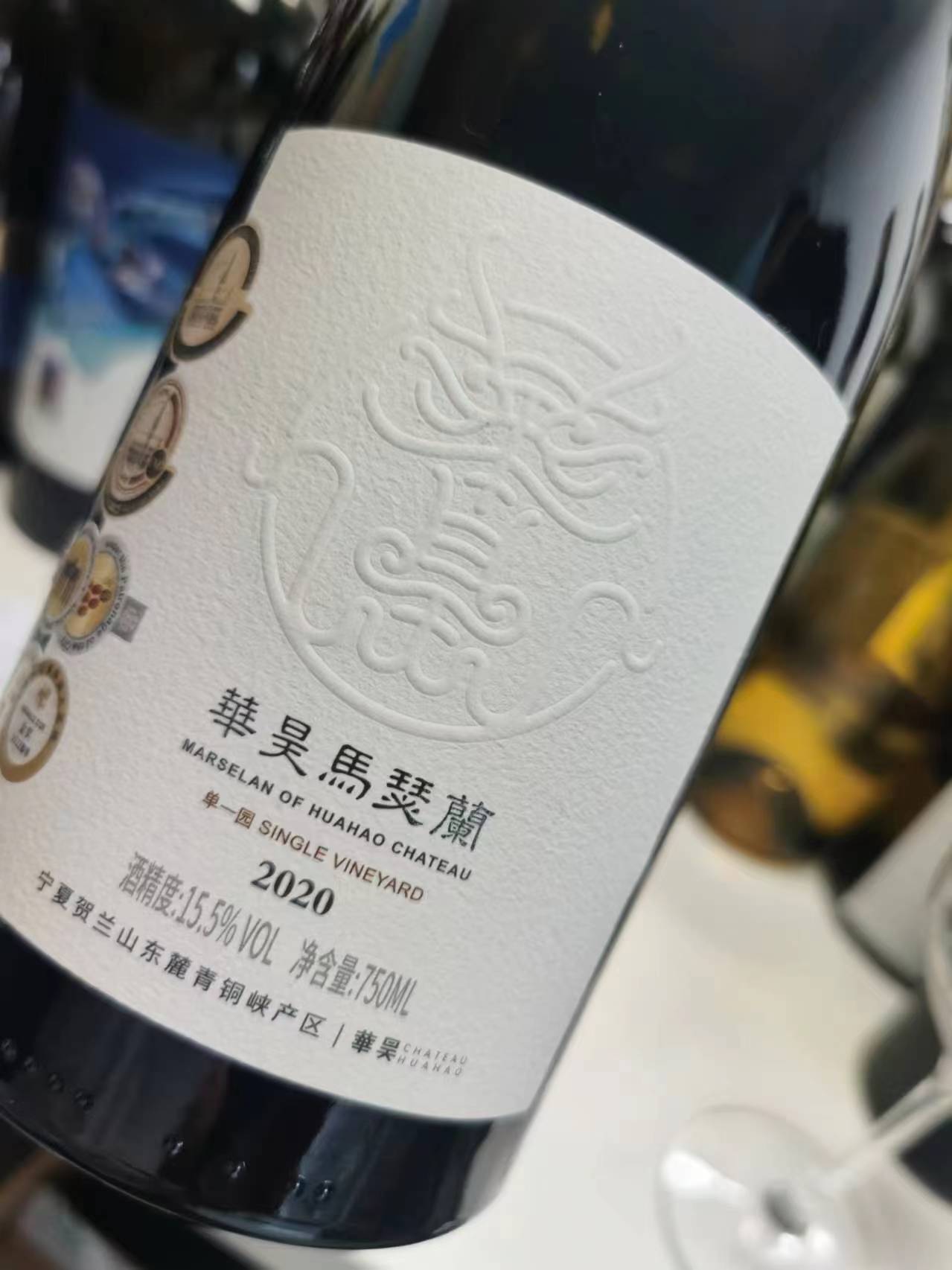
Chateau XianMiao 2019 Taihang Ice Vidal Icewine Zuoquan Shanxi 94
Bright golden yellow. Knockout nose of tropical fruit, honey and saffron, Then slightly monolithic in the mouth with sweet guava, passionfruit, stem ginger, peach flavours that are long creamy and suave. Lovely sweet wine my score is an average of the 96 of the nose the 92 of the mouth and so 94 points. 100% Vidal. Drinking window: 2024-2028.
Vigani Winery 2016 Cabernet Sauvignon Grand Collection of the Earl of Lanshan Qingtongxia Ningxia 94
Good ruby. Clean, fresh and ripely sweet. Finishes with slight balsamic oil nuances and very smooth tannins on the long aftertaste. Given how many boring Cabernet Sauvignon wines there are made all over the world nowadays, this is a knockout. Drinking window: 2024-2030.
Canaan Chapter and Verse 2017 Mastery Merlot Hualai Hebei 93
Deep ruby. Violet, fennel, licorice, coffee, cocoa, cassis and smoky pepper: very Merlot. Nice creaminess and length, but slightly tough tannins rise on the finish, or my score would have been even higher. Still, this is outstanding. 100% Merlot. Drinking window: 2024-2029.
Canaan Chapter and Verse 2022 Book of Aromas Skin Contact Wine Blend Hualai Hebei 93
Medium pink. Aromatic nose of Gewurztraminer and Muscat mostly, while on the palate it tastes of Pinot Gris and Chardonnay. Finishes long and clean, with very good balance and a persistent gingery bitterness. This is actually remarkably good. A blend of seven grapes: Muscat, Pinot Gris, Chenin, Chardonnay, Sauvignon, Gewurztraminer. A successful skin contact wine that is clean, perfumed and precise, with plenty to offer and will prove ideal for those who can’t stand funky orange wines or needlessly grippy ones. Drinking window: 2024-2026.
Chateau Mihope 2021 Cabernet Sauvignon Family Reserve 1968 Yinchuan Ningxia 93
Deep ruby colour. Candied rhubarb, boysenberry and floral aromas. Savoury and saline in the mouth, nicely full in the middle, and finishes peppery with aromatic herb nuances. This improves greatly with aeration and just keeps getting better in the glass. Drinking window: 2026-2032.
Copower Jade Reserve 2020 Marselan Dry Red Wine Yongning Ningxia 93
Deep ruby. Confected, sweet and almost overripe, this could use a little more lift. Closes with a long, slightly musky herbal note. At 95% Marselan and 5% Cabernet Sauvignon, you wonder if rather than Cabernet Sauvignon, high-acid Barbera might not be a better addition to this wine. Drinking window: 2025-2028.
Domaine Franco-Chinois 2017 Reserve Marselan Hualai Hebei 93
Bright dark red. Very pretty wine, loaded with notes of perfumed violet and small berries. Very well balanced and smooth, finishing peppery as you’d expect with Marselan when it is not overripe. No needless oaky heaviness here, well done. 100% Marselan. Drinking window: 2024-2028.
Domaine Purple Mist 2022 Feng·Chardonnay Dry White Fangshang Beijing 93
Bright straw yellow. Simple easygoing apple, apricot and pear on the nose and in the mouth. A rising hint of gooseberries adds interest on the tangy, saline finish. This really gains volume and complexity in the glass, in a style somewhat reminiscent of a cooler Meursault terroir like Narvaux, or of a Puligny. Very well made. Drinking window: 2024-2027.
Legacy Peak 2022 Cabernet Sauvignon Long Wen Yinchuan Ningxia 93
Deep purple-ruby. Expressive violet and berry notes on the nose. Then lively, fresh and savoury with very smooth tannins on the long fresh finish. Nice balance here. Drinking window: 2025-2029.
Longting Reserve 2022 Petit Manseng Sea Breeze Penglai Shandong 93
Very elegant aromas and flavours of pineapple and citrus fruits. Easygoing and fresh, with very good juiciness and length. Could be just a touch more concentrated for a higher score, but it’s a very good wine that clearly speaks of its grape variety (100% Petit Manseng). Will likely improve with another year in bottle. Super-talented winemaker Larson can’t make a bad wine if he tried but he obviously has a real knack with this grape. Drinking window: 2024-2028.
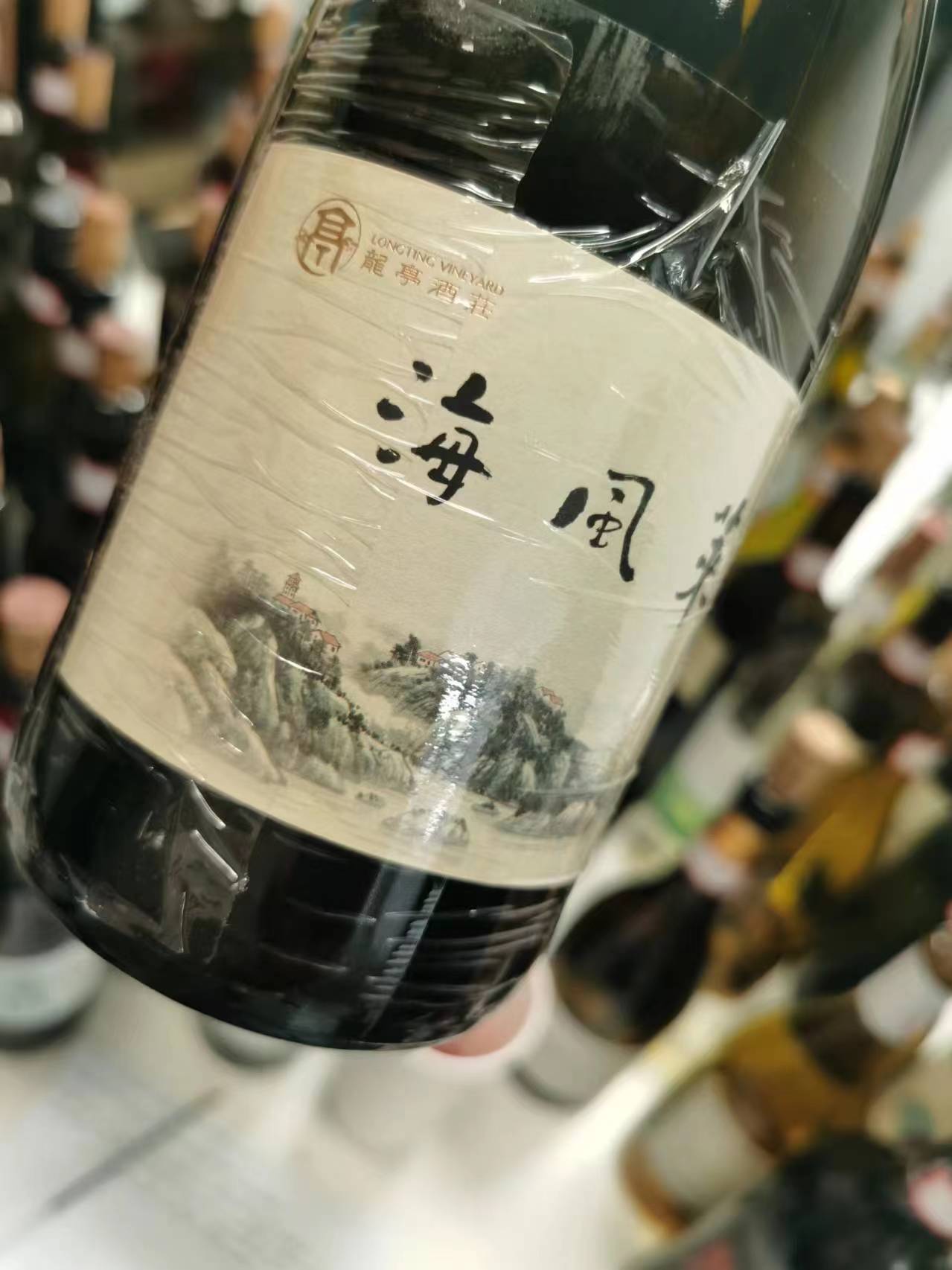
Puchang Vineyard 2021 Muscat Turpan Xinjiang 93
Golden tinged pale yellow. Clean fresh, round spicy, very floral (lavender, peony, rose) and fruity (apricot, orange, grapefruit), this is another stellar version of this wine, but strikes me as less pungent than some past vintages of this Muscat hybrid (Rodingxiang) wine. Very long. 100% Chinese Muscat hybrid. Drinking window: 2024-2028.
Renyiyuan Winery Company 2019 Cabernet Sauvignon RenYiYua Dao Yinchuan Ningxia 93
Deep, opaque ruby. Savoury and musky at first, then more floral. Long clean blue fruit dominate the fresh finish, supported by a strong but polished tannic spine. Drinking window: 2026-2032.
Shangri-La winery 2022 Chardonnay Sacred Legends Dry White Shangri-La Diqing Yunnan 93
Bright straw yellow. Banana, peach and herbs dominate the nose. In the mouth similar flavours, with an oily suave mouthfeel and rising hints of chamomile and salinity. Juicy, but a little disjointed presently. Needs to be cellared for another year. Drinking window: 2025-2028.
Silk Road Vineyards 2021 Selection Cabernet Gernischt Yili Xingiang 93
Bright red-ruby. Enters sweet then austere with oaky chocolate and cassis dominating delicate red cherry and herbal nuances. Finishes very long with Gernsicht’s typically bright acidity that really provides lift, clarity and focus to this big ripe wine on its log noble finish. Beautiful stuff: 100% Cabernet Gernischt, a variety that achieves great results with practically every year. Drinking window: 2025-2034.
Silver Heights 2021 Emma’s Reserve Jinshan Ningxia 93
Deep opaque ruby. Violet, blueberry, black pepper and minerals on the nose and in the mouth. Closes very clean fresh long and vibrant, with silky tannins. Beautiful stuff. I think we were probably too stingy with my score. Drinking window: 2025-2034.
Xiaoling Grand Vin 2020 Dequin Yunnan 93
Bright medium red-ruby. Notes of herbs, orange peel, violet and boysenberry. Long and juicy, showing multiple layers of flavours on the finish. A blend of 85% Cabernet Sauvignon and 15% Merlot. Drinking window: 2026-2035.
XIGE Estate 2021 Xige N50 Qingtongxia Ningxia 93
Bright red-ruby. Very pretty aromas and flavours of violet cocoa, blueberry, and strawberry. Very clean long and fresh on the aftertaste that hints at some lees presence. A blend of 85% Cabernet Sauvignon and 15% Cabernet Gernischt where the Gernischt really helps freshen things up and make this less massive and more elegant. Drinking window: 2025-2031.
XIGE Estate 2022 Malbec Xige N28 Qingtongxia Ningxia 93
Deep opaque ruby. Very intense nose of violet and plum. Then more austere in the middle and the back, but the floral and fruity flavours are more reticent than the aromas. Very good sweetness of fruit here and some coffee nuances on the finish for added interest. This is a very good Malbec wine, that’s neither overly chocolaty nor caricatural. 100% Malbec. Drinking window: 2024-2029.
Amethyard 2017 Fairy Marselan Hualai Hebei 92
Full ruby. Plum, berries, cocoa and herbs. Very pretty floral nuances on the long clean focused and energetic close. A saline note adds further interest. Amethyard makes some of China’s best, most balanced and suave wines, and this one’s no different. Drinking window: 2024-2027.
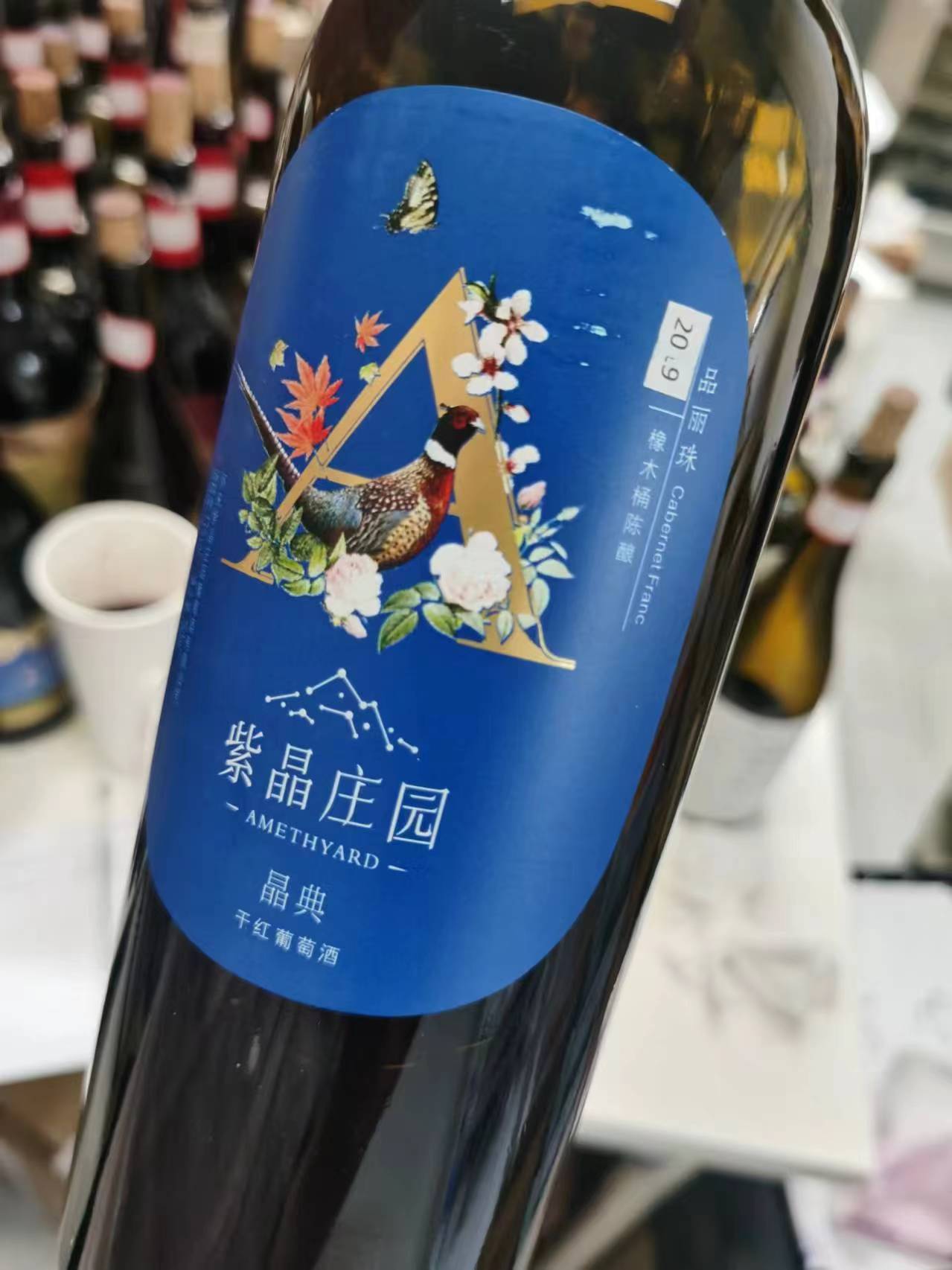
Amethyard 2019 Classic Cabernet Franc Hualai Hebei 92
Deep ruby-red. Violet, noble cocoa powder, cassis, blueberry and sweet spices. Long and balanced, suave. Beautiful Cab Franc that offers elegance, lift and a strong floral personality. 100% Cabernet Franc. Drinking window: 2025-2033.
Canaan 2019 Chapter and Verse Mastery Riesling Hualai Hebei 92
Straw-green with golden tinges. Hints of petrol add complexity to apple, pear and fresh citrus fruit. Bright and focused with tangy pear skin and gingery spices on the long suave finish. Very nice, in more of a Pfalz style than that of the Mosel. Maybe not too refined but fun. 100% Riesling. Drinking window: 2024-2028.
Chateau Anuo 2021 Yan Hu Yantai Shandong 92
Deep full red-ruby. Aromas and flavours of ripe red and blue fruit, balsamic herbs and sweet plum sauce. Very red fruit dominated on the long clean mineral and nicely juicy finish. Not the most complex Marselan wine but fun to drink and very approachable already now. Finishes peppery in a very fresh Marselan-style sort of way. Drinking window: 2025-2029.
Chateau Mihope 2021 Artist Dry Red Wine Yinchuan Ningxia 92
Deep purple. Initially overripe, then more elegant with aeration, becoming mineral even, with small black fruits and just enough freshness so it does not become tiring and heavy. A blend of 40% Merlot, 32% Marselan, and 28% Cabernet Sauvignon. Drinking window: 2025-2030.
Chateau XianMiao 2019 Eyes on me Vidal Icewine Zuoquan Shanxi 92
Deep amber/tinged golden yellow. Big and massive at first but then turns lighter and lifted, revealing good balanced. Very fine sweet wine but lacks a little of the nuance of the best sweet Vidal wines. Quince honey, peach, yellow melon and mango plus hints of candied ginger make for a luscious rich building finale. 100% Vidal. Drinking window: 2024-2026.
Domaine Purple Mist 2022 Tu·Chardonnay Dry White Fangshang Beijing 92
Bright straw. Tropical and orchard fruit is clean and lifted. Nicely classic dry and austere Chardonnay wine that finishes juicy and long, with oaky spice and mineral nuances. Drinking window: 2024-2026.
Domaine Runaway Cow 2023 Whisper White Wine Yantai Shandong 92
Bright golden straw yellow. Very fresh and easygoing, in a slightly straightforward style but with real concentration and complexity lurking beneath the upfront fruit. Closes long, floral and fruity (apple, pear) and nicely tangy. A blend of five grapes: Sauvignon, Viognier, Clairette, Muscat, and Savagnin. Drinking window: 2024-2026.
Helan Qingxue Vineyard 2020 Jiabeilan Estate Yinchuan Ningxia 92
Deep ruby. Very well/balanced, boasting aromas and flavours of flint, cedar, plums and cassis. This blend of 80% Cabernet Sauvignon, 15% Merlot and 5% Cabernet Gernsicht is clean, long and fresh, and just a lovely wine. Drinking window: 2025-2032.
Helan Qingxue Vineyard 2021 Jiabeilan Baby Feet Wild Yeast Pinot Noir Yinchuan Ningxia 92
Medium/pale red. Delicate red fruit and floral nuances. This improves greatly in the glass and is nicely fruity with building sour red cherry, mint and smoky nuances. Lovely wine. Drinking window: 2024-2027.
LISI Winery 2022 Li’s Grand Reserve Red Wine Yinchuan Ningxia 92
Deep dark ruby. Coffee and cocoa and lots of green herbs at first, but finishes a little austere and gritty. A blend of 50% Merlot, 30% Cabernet Sauvignon, 10% Cabernet Franc, 5% Syrah and 5% Petit Verdot that hopefully will improve if cellared for another two-three years but becoming a little smoother. Drinking window: 2026-2032.
Martin Vineyard 2018 Reserve Petite Sirah (Single Vineyard) Hualai Hebei 92
Bright medium-dark red-ruby. Very perfumed red berries, sweet spices on the nose; then similar flavours in the mouth, with easygoing smooth tannins and glyceral sweetness. Easygoing, very well/balanced wine that is excellent and promising at the same time. Quite interesting 100% Petite Syrah, a rarity in China, that I will be interested in trying future vintages of. Well done. Drinking window: 2024-2029.
Puchang Vineyard 2018 Beichun Turpan Xinjiang 92
Deep red-ruby. Ripely broad, fresh and fruity aromas and flavours of juicy red cherry nectar and blueberry syrup, along with violet and herbs. Finishes long and peppery. Drinking window: 2025-2030.
Shangri-La winery 2018 Sacred Cabernet Sauvignon Dry Red Shangri-La Diqing Yunnan 92
Bright ruby. Good dark berry and plum with hints of oak and cedar. Energetic and creamy on the finish that repeats long violet, plum and blueberry notes. Drinking window: 2024-2030.
Shengya Shenglu International Winery 2021 Shenglu Vineyard BeiMei Dry Red Wine Shunyi Beijing 92
Luminous medium red. Stunning aromatic nuances of cracked black pepper, smoky grilled plums, blueberry and violet. Juicy and lively with similar flavours to the aromas, with lovely freshness and a building tannic quality that will help out with fatty foods. I liked this!. A superinterestng blend of 80% Beimei and 20% Beihong, two hybrids of Muscat Hamburg and a local wild grape developed in China in the 1950s. My score reflects the 96 for the nose and the 90 for the body. Very well done. Drinking window: 2024-2028.
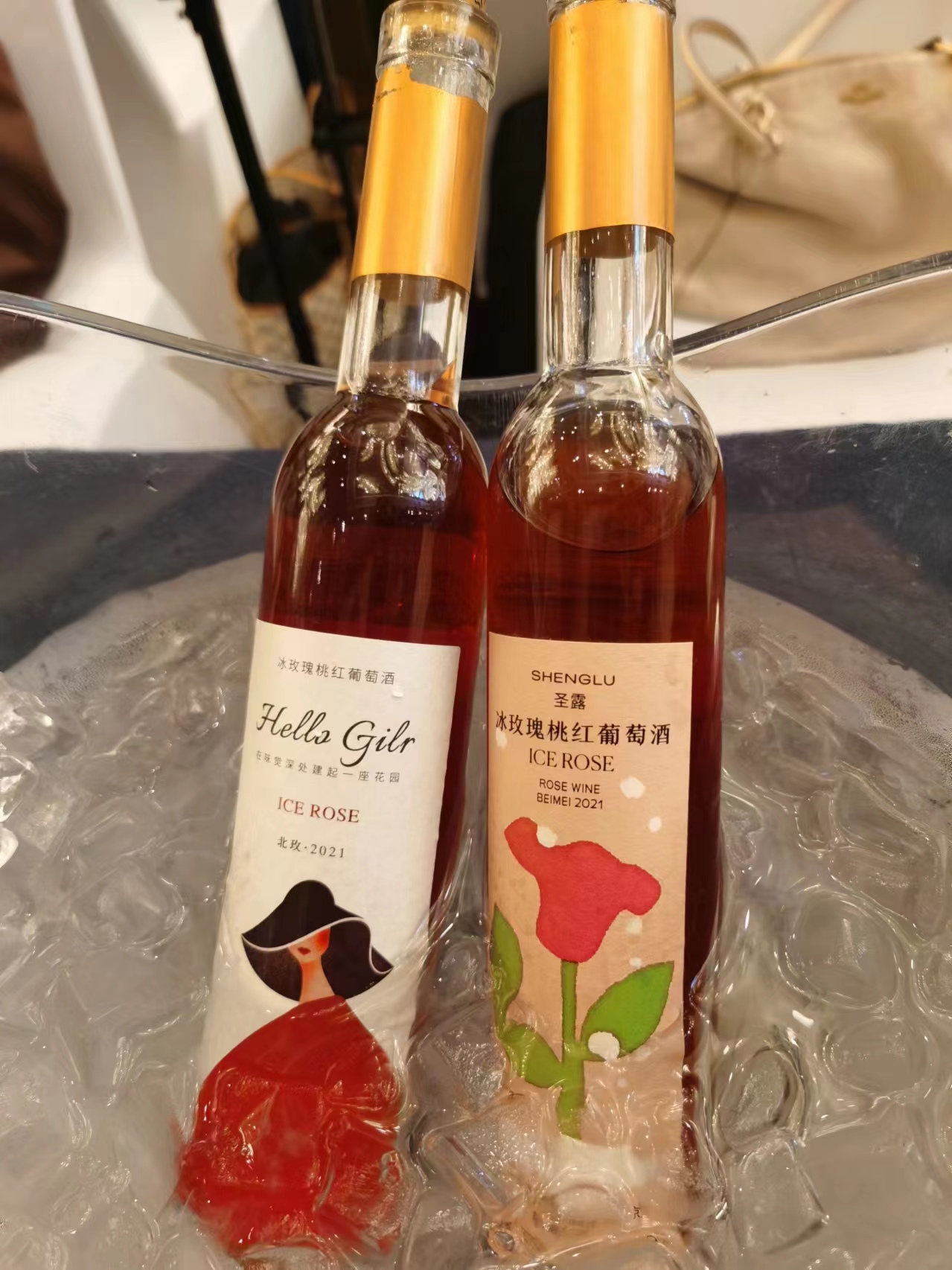
Silver Heights 2021 Jiayuan Marselan Jinshan Ningxia 92
Bright deep red. Slightly medicinal nose, but also refined hints of herbs and spices. Very fresh long and clean, with nicely repeating plum blueberry and mint nuances. Drinking window: 2024-2029.
Silver Heights 2022 Chardonnay Reserve Jinshan Ningxia 92
Very good Chardonnay wine. Pale straw yellow. Perfumed banana, lemon cream pie, minerals and white flowers on the very pretty nose. Then layered and suave, with fresh flavours similar to the aromas. Lovely length and purity on the close. Could be a little more complex for a higher score, but this is an excellent example of Chardonnay wine that can easily match the quality level of many more famous New World Chardonnay wines. Drinking window: 2024-2028.
Tangtingxialu Winery 2023 Italian Riesling Silv Dry White Wine Tianshan Mountain North Region Xinjiang 92
Vivid straw-green. Plenty of apple, pear and white flowers on the inviting nose. A clever use of residual sweetness heightens the inner-mouth perfume and leaves a trace of sweet juiciness behind on the long juicy, clean and focused finish that features orchard fruit and herbal flavours. This is not just really lovely: it also tells you all the harm fashions can do, for this is 100% Welshriesling and though it’s not the last word in complexity, its bright fresh and delicious. In other words, a really pretty good wine. Consider that the grape variety is anything but hot nowadays and that estates have been forced to uproot almost everywhere by culpable consultants and importers alike. Given a result like this one, you realize what a pity that is. Drinking window: 2024-2026.
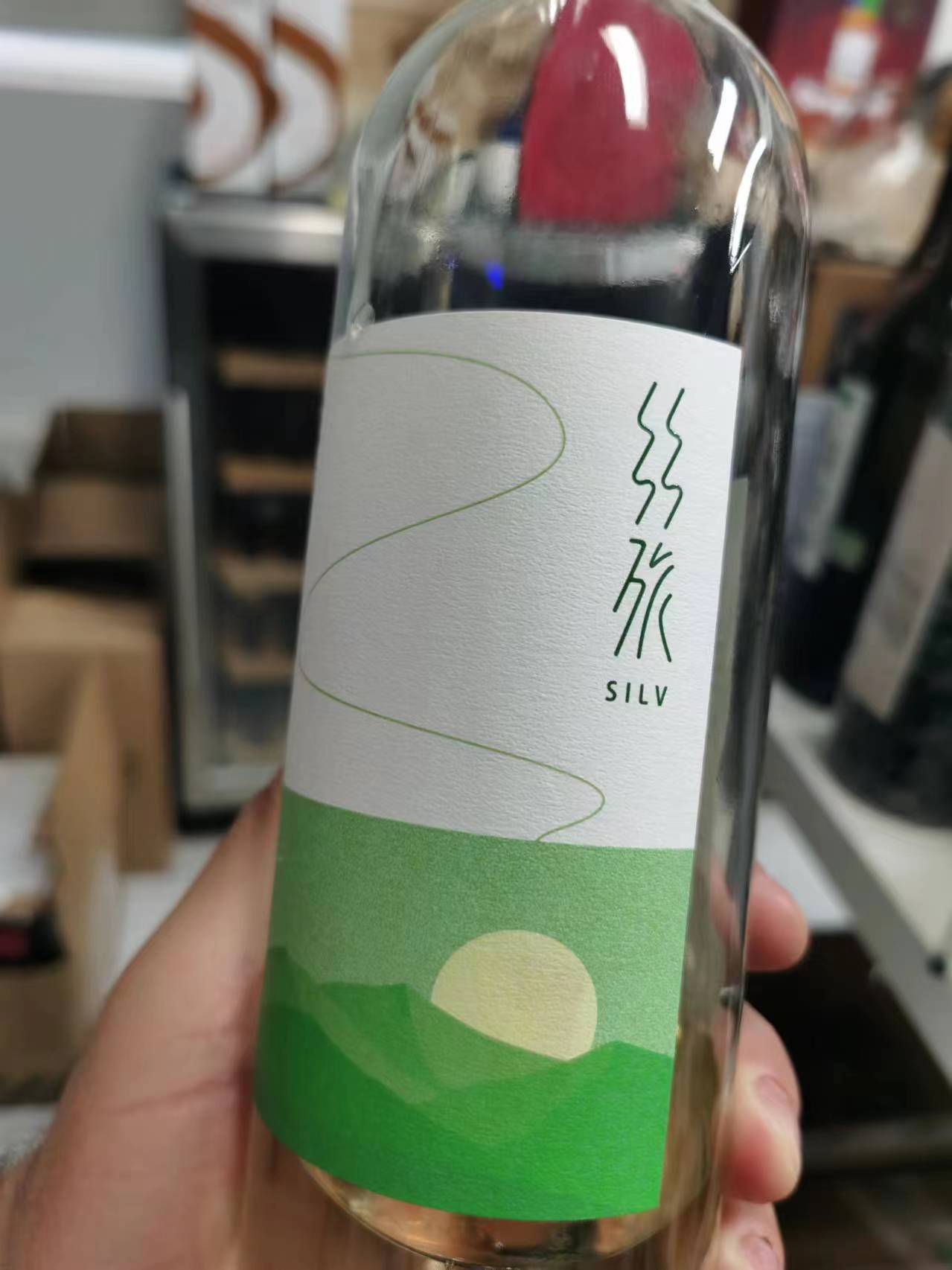
Vigani winery 2019 Marselan is a treasure of the Lanshan family Qingtongxia Ningxia 92
Moderately saturated ruby. Very pure aromas and flavours of candied violet, plum, prunes, blueberry and coffee. This is very fresh and focused despite its outrageous size. Closes long and elegant. Nice Marselan. Drinking window: 2024-2029.
XIGE Estate 2020 Jade Dove Single Vineyard Cabernet Gernischt Qingtongxia Ningxia 92
Deep ruby-red. Big, strapping wine full of smoky pork aromas and flavours accented by cocoa and herbal nuances. Powerful wine that is better today on the palate than on the still youthfully closed nose. Finishes long clean fresh, with noble tannins providing beautiful spine. This has huge potential, but still really needs to spend time in a good cellar. At which point I think it will merit a higher score than today. 100% Cabernet Gernischt. Drinking window: 2026-2034.
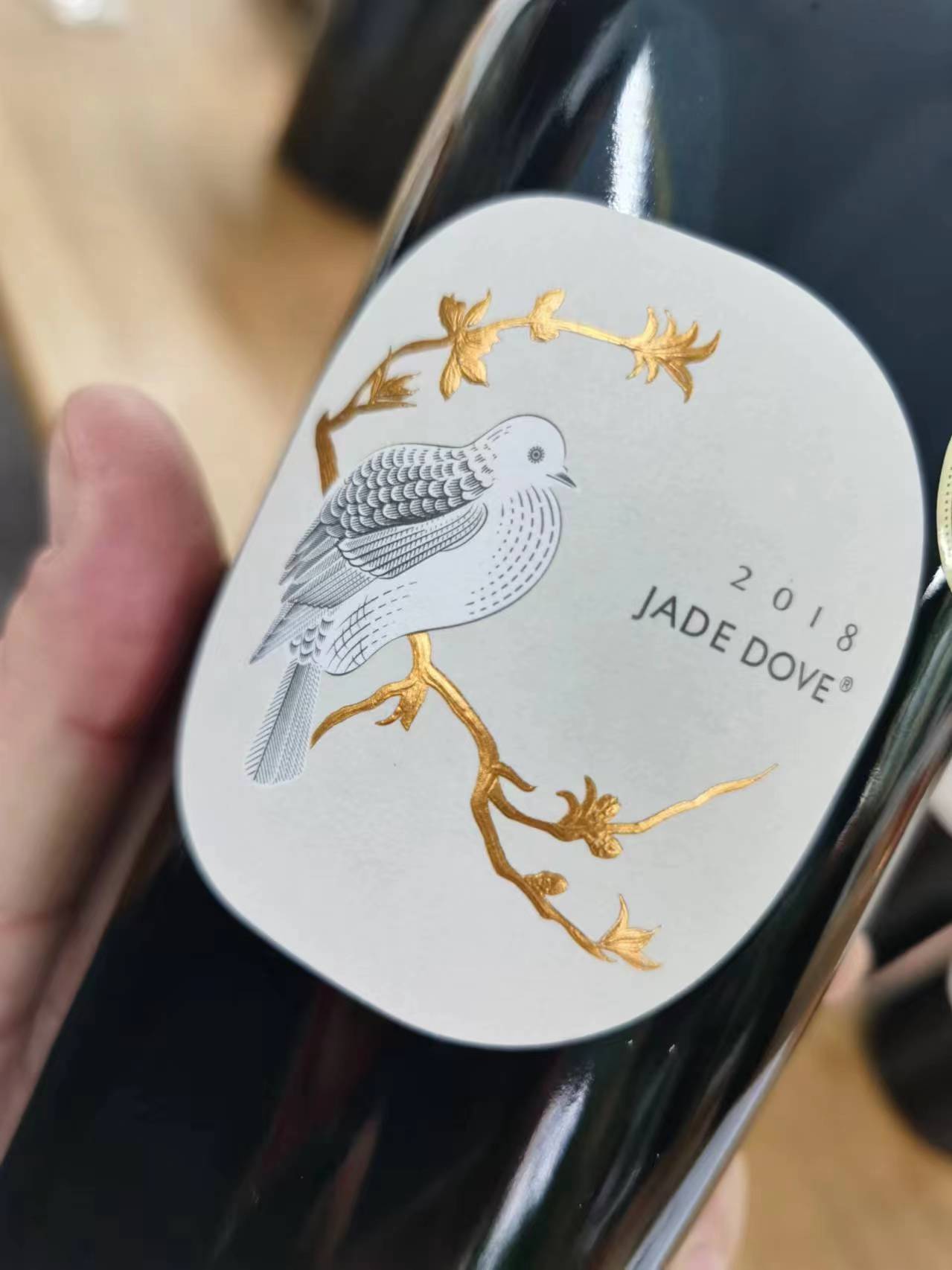
Canaan 2019 Chapter and Verse Shengtang Pinot Noir Hualai Hebei 91
Vivid red. Deep aromas of red cherry, raspberry nectar, and herbs adding complexity along with some hints of caramel from the oak. Very solid Pinot Noir wine blessed with perfectly ripe grapes that is neither excessively soft and fruity nor woody. Drinking window: 2024-2027.
Chateau Bolongbao 2019 Organic Dry White Wine Fangashang Beijing 91
Pale straw yellow. Aromatic nuances complicate the ripe fresh white and tropical fruit on the nose and in the mouth. A hint of peppery/ginger spice on the nicely persistent fresh finish adds further interest. An intriguing Chardonnay, Petit Manseng, Viognier, and Roussanne blend. Drinking window: 2024-2026.
Chateau Huahao 2020 Single Vineyard Marselan of Chateau Huahao Qingtongxia Ningxia 91
Deep ruby. Very ripe on the nose, then ripe and sweet on entry too; this is almost like an Amarone, but veers to slightly drying and peppery in the middle and on the medium-long finish. I suggest cellaring a couple of years in the hope the tannins resolve, but I wonder. Drinking window: 2027-2033.
Chateau Nine Peaks 2021 Qi Red Qingdao Shandong 91
Deep ruby. Elegant, savoury herb musky and vibrant red berry aromas and flavours. Finishes long and savoury, with very good depth. Will be even better than this score with a few more years in a good cellar. A blend of 82.3% Cabernet Sauvignon, 11.8% Petit Verdot and 5.9% Marselan. Drinking window: 2026-2034.
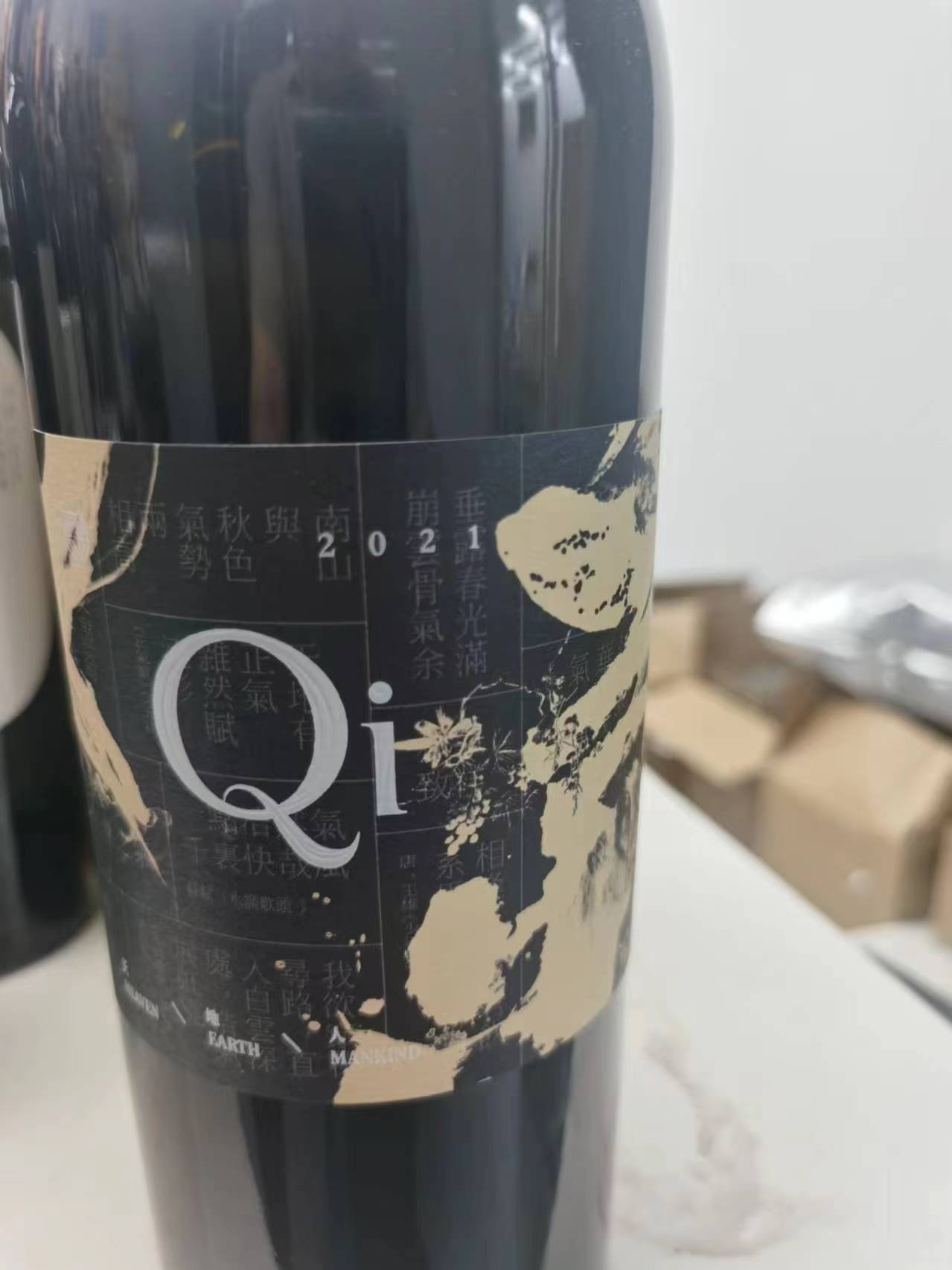
Chateau Nine Peaks 2021 Red Reserve Qingdao Shandong 91
Deep red. Perfumed aromas of chocolate, herbs and dark berries. Very ripe, round, sweet and smooth, with flavours like the aromas. A blend of roughly 55% Cabernet Sauvignon, 15% Petit Verdot, 15% Merlot, 5% Aliburnet, 5% Marselan and 3% Syrah. Drinking window: 2024-2029.
Chateau Nine Peaks 2023 Petit Manseng Qingdao Shandong 91
Pale straw yellow with some gold. Diffuse, delicately honeyed orchard fruit aromas and flavours with a little gooseberry and guava. Very Petit Manseng but not quite as concentrated as I’d like. 100% Petit Manseng. Drinking window: 2024-2029.
Dameiyong Winery 2022 Crystal Sweet White Wine(Crystal Flower)Yanjing Xizang(Tibet) 91
Pale red; in fact, almost more like a dark pink colour. Enters clean and sweet with as strong musky grape component, but finishes with rising bitterness and a chalky mouthfeel. A blend of 75% Crystal and 25% Chardonnay and Vidal, where the Crystal grape variety is a local Chinese hybrid of Vitis Vinifera and Vitis Labrusca grown typically in Yunnan and Tibet. Beware that the Crystal variety of China is not the same as other grapes called with more or less the same name (such as Krystal, for example). Drinking window: 2024-2026.
Mystic Island Winery 2021 YIHU Chardonnay Dry White Wine Yantai Shandong 91
Straw yellow. Easygoing aromas and flavours of apple and pear, with a nice citrussy lift. Then similar flavours and a juicy long mouthfeel. Not especially concentrated but well-balanced and lively, though has mounting bitterness. Maybe all it needs is to be cellared to help it smoothen out and mellow out. Drinking window: 2025-2027.
Mystic Island Winery 2022 YIHU Chardonnay Reserve Dry White Wine Yantai Shandong 91
Light pale yellow. Very fresh orchard and citrus fruit with an herbal edge emerging. Then bright and mineral in the mouth with fresh apple and pear flavours that last and last with some minerality. Very nice, approachable and fresh, wine that should actually improve with some bottle age. Mystic Island is one of the better Chardonnay producers of China. Drinking window: 2025-2029.
XIGE Estate 2022 N28 Chardonnay Qiongtongxia Ningxia 91
Medium straw yellow colour with some gold. Peach and oak dominate the nose, which actually to me smells more of Viognier than it does of Chardonnay. Then an oaky presence on the palate too, with a bittersweet set of nutty and vanilla flavours camouflaging the orchard fruit nuances underneath. Closes broad and nicely creamy. This is a little too oaky for me, though those who appreciate buttery-vanilla New World styles of Chardonnay will like it a great deal. Drinking window: 2024-2026.
Tangtingxialu Winery 2021 Jingshu Dry Red Wine Tianshan Mountain North Region Xinjiang 91
Good ruby colour. Aromatic herbs, red and dark fruit on the nose and in the mouth. Closes long, saline and savoury. 80% Cabernet Sauvignon and 20% Merlot. Drinking window: 2026-2031.
Chateau Nine Peaks 2023 Pinkker Rose Qingdao Shandong 90
Bright pink. Peach and pear on the nose and in the mouth, with violet undertones. Juicy. pleasant easygoing Rosé that has a clever use of residual sugar for added body and inner-mouth perfume. Lovely, easygoing wine. 65% Syrah and 35% Cabernet Franc. Drinking window: Best within 2024, 2025 at most.
Copower Jade 2021 “HE” Dry Red Wine Yongning Ningxia 90
Vivid ruby. Very, almost excessively fruity with little else to show for it on the nose: almost too one-dimensional. Then more nuanced and elegant, with spice and fruit notes but lacks some concentration for a higher score. Drinking window: 2024-2028.
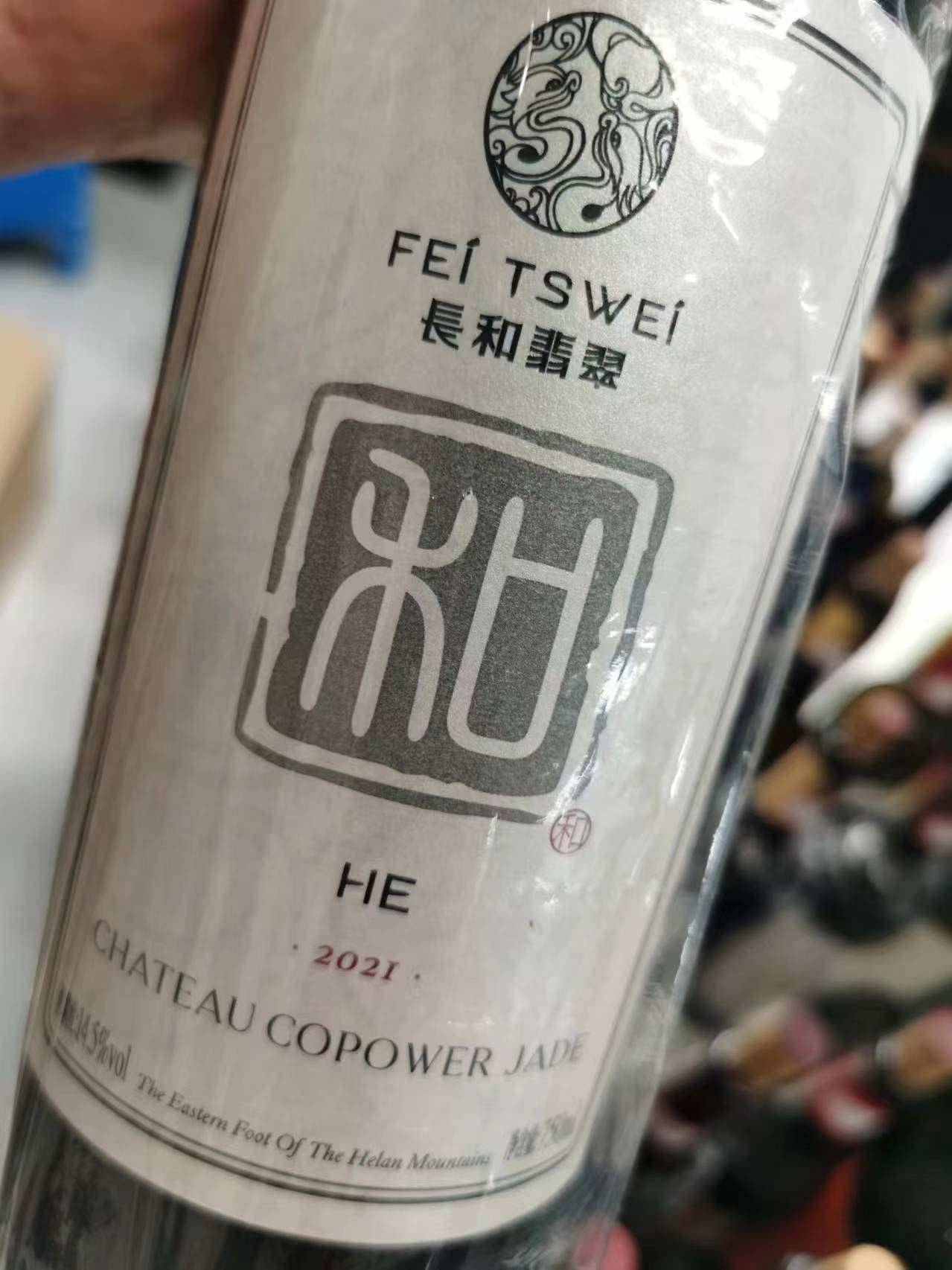
Copower Jade 2021 “CHANG” Dry Red Wine Yongning Ningxia 90
Deep ruby. Very fresh pretty clean, offering lovely coffee and cocoa notes along with the dark plum and berry aromas and flavours. In a slightly lean style, but this finishes long and clean, with enticing quality. A blend of 80% syrah 13% Petit Verdot and 7% Cabernet Sauvignon. Drinking window: 2024-2029.
Dameiyong 2023 Rose Honey Dessert Wine Alpine Rose Yanjing Xizang (Tibet) 90
Vibrant dark pink colour. Very grapey (it tastes like eating grapes) on the nose and in the mouth, but also offers enticing notes of blueberry pie, strawberry syrup, sweet spices, and lemon peel. Long and fresh on the suave not that sweet finish. This is labelled as Rose Honey, but I wonder, because in my experience much of the grapes called Rose Honey in China are actually of Isabella or Baco Noir. Drinking window: 2024-2026.
Domaine Purple Mist 2022 Merlot Rosé Fangshang Beijing 90
Offers nice crisp orchard fruit, berries and violet nuances. Turns slightly herbal on the long back end. 100% Merlot. Drinking window:2024-2026.
Domaine Runaway Cow 2022 Chardonnay White Wine Yantai Shandong 90
Bright straw. Slightly subdued nose of banana and apple, with hints of pear and herbs. Then fresh and juicy, with a tactile but with a slight hint of alcohol-derived on the borderline long finish. Drinking window: 2024-2026.
Helan Qingxue Vineyard 2020 Jiabeilan Reserve Yinchuan Ningxia 90
Opaque ruby. Purple and pink flowers, dark plum and cedar on the nose and in the mouth. Slightly tough presently, with a sharp acidity that lingers on the long, vibrant finish. This seems out of balance currently: maybe a little bottle age will help it smoothen out. 2026-2030.
Jiangyu Ferment 2022 Cabernet Sauvignon 6000 li Yantai Shandong 90
Purple ruby. Floral aromas of dark plum and blackberries are forward and accented by some oak. Violet and blackcurrant on entry then slightly diffuse in the middle with a nice long finish of violet and spicy herbs. Drinking window: 2025-2029.
Lansai Winery 2020 Cabernet Sauvignon MoYan Dry Red Wine Yinchuan Ningxia 90
Deep ruby. Clean and fresh, this is a politely-styled, juicy, peppery, red that features a slightly chalky tannic presence at the back. But I’m quibbling, this is really quite good. Drinking window:2025-2031.
Lansai Winery 2021 Chardonnay SaiLongTeng Dry White Wine Yinchuan Ningxia 90
Vivid straw colour. Banana and ripe yellow fruit on the nose. Then ripe in the mouth too with hints of peanut butter and tropical fruit. Finishes with tangy acidity and a glyceral-leesy mouthfeel. Very fruity style of Chardonnay wine, with lots of grapeyness. Drinking window: 2024-2026.
Legacy Peak 2020 Kalavinka Yinchuan Ningxia 90
Deep ruby. Notes of ripe plum, chocolate-covered blueberry, herbs and cedar. Closes long and suave. A blend of 85% Cabernet Sauvignon 15% Merlot. Drinking window: 2025-2029.
LISI Winery 2022 Li’s Cabernet Sauvignon Reserve Yinchuan Ningxia 90
Dark ruby. Cedar, black pepper, violet and blackcurrants on the nose and in the mouth. Very pretty, clean, tactile red. A blend of 85% Cabernet Sauvignon 5% Petit Verdot 5% Syrah 5% Marselan that ends long and fresh. Drinking window: 2026-2032.
Mulando Winery 2021 M520 Red Yinchuan Ningxia 90
Deep bright ruby. Clean aromas and flavours of blue and black fruit, herbs, violet and cedar. Smooth but a little simple on the long juicy finish. An initial bottle had strong vegetable and stewed fruit notes and was very disappointing, so I was glad to try a much better second bottle that I have described here. Drinking window: 2025-2028.
Puchang Vineyard 2021 Turpan Xinjiang Rkatsiteli Orange 90
Brilliant orange-yellow. Orange nectar, lemon marmelade and spices greet the nose and persist nicely on the long finish. Fresh, layered, and buildingly tannic. Very nice, very clean, orange wine that is layered and thick but with very good balance and lift. 100% Rkatsiteli. Drinking window: 2024-2026.
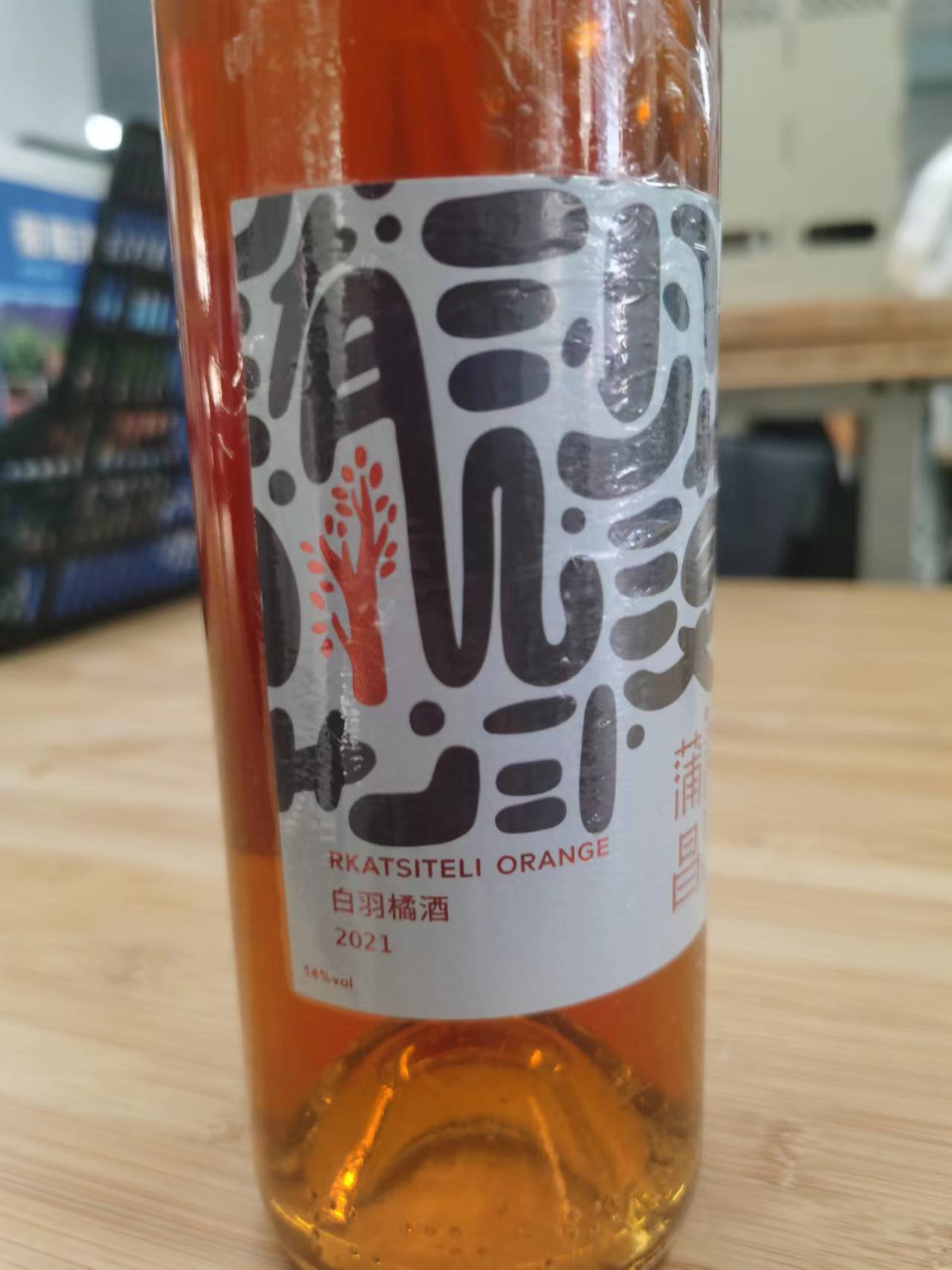
Renyiyuan Winery Company 2022 RenYiYuan.He Yinchuan Ningxia 90
Serious red-ruby. Fresh, juicy, rich and ripe with natural sweetness to the subtle black and blue fruit aromas and flavours that are lifted by flowers. Then similar flavours, with an air/dried profile to its sweetly ripe fruit. Finishes with hints of oregano and herbs. Lovely stuff if a little too sweet and almost too simple. Drinking window:
Renyiyuan Winery Company 2022 RenYiYuan.Ren Yingchuan Ningxia 90
Unripe green nuances on the nose are really not to my liking. But better in the mouth with floral notes, sweeter candied violet and blueberry flavours. Finishes with slightly tough tannins and green bell pepper nuances. Others liked this much more than I, but I’ll be generous my scoring hoping that this will gain some flesh and sweetness with bottle age. 100% Cabernet Franc. Drinking window: 2025-2028.
Xinheng Winery Company 2020 Mountain Ambition Dry Red Wine Yinchuan Ningxia 90
Good deep ruby colour. Chocolaty new oak dominates at first, then more fruity, finishing long and a little simple and straightforward, but very easy and delicious to drink. The nicely soft tannins make it very approachable already now. 60% Cabernet Sauvignon and 40% Merlot. Drinking window: 2024-2027.

 中文
中文



